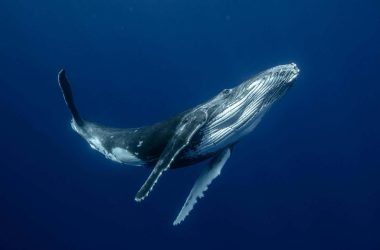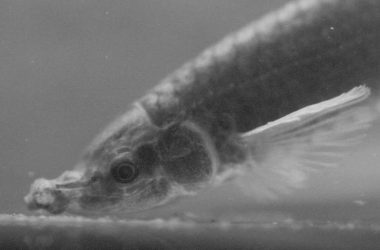Solvin Zankl/Nature Image Library
With its gaping jaws and pointy enamel, this humpback anglerfish (Melanocetus johnsonii) appears much more terrifying when its inside intricacies are revealed. The deep-sea monster, often known as Johnson’s abyssal seadevil, was photographed by Solvin Zankl.
The picture exhibits the fish after a protracted technique of cleansing and marking to disclose its inside constructions. Scientists used a digestive enzyme to take away the comfortable tissue, exposing bones and collagen, which had been then stained. Blue exhibits cartilage, whereas the pink is bone. Generally not all tissues develop into clear through the chemical processes: for instance, the darkish mass (left) is the fish’s abdomen.
This method affords a uncommon glimpse contained in the anglerfish, from its gills to its two units of impressively scary jaws – simply one of many outstanding diversifications which have developed in deep-sea species, says Zankl. However don’t fear: females, just like the one proven right here, develop to about 153 millimetres lengthy, whereas males are a mere 28 millimetres.
The fish dwell at a depth of about 900 metres in tropical oceans. This specimen was collected from the Benguela Upwelling System, very fertile deep waters within the South Atlantic Ocean, off the coast of South Africa and Namibia, throughout a analysis expedition to doc the area’s wildlife.
Since deep-sea images is a giant problem, Zankl says that working with scientists lets him go to in any other case inaccessible locations. Documenting such creatures sheds mild on their biology and on the broader ecological processes in fragile ecosystems, he says.
Subjects:












